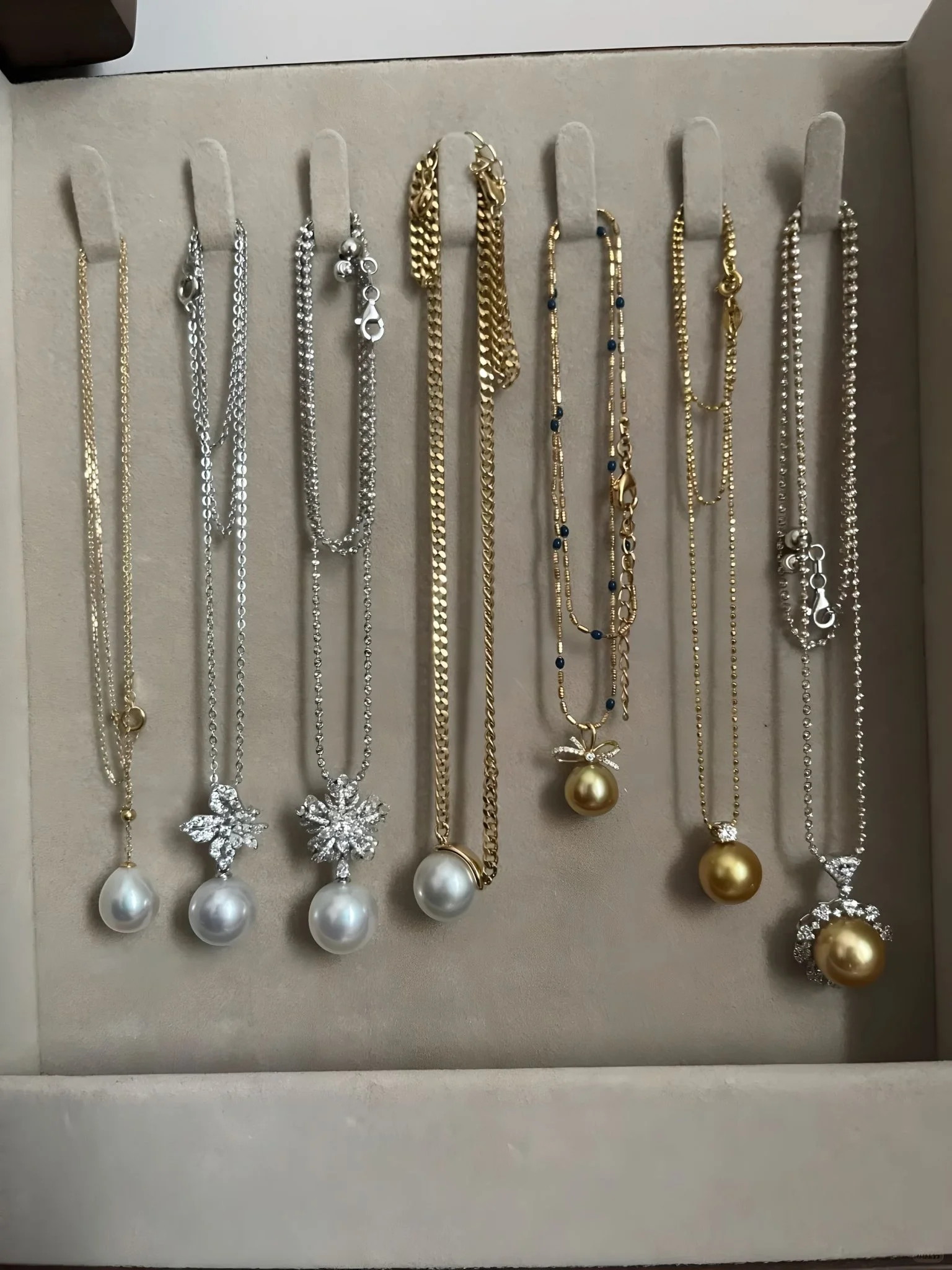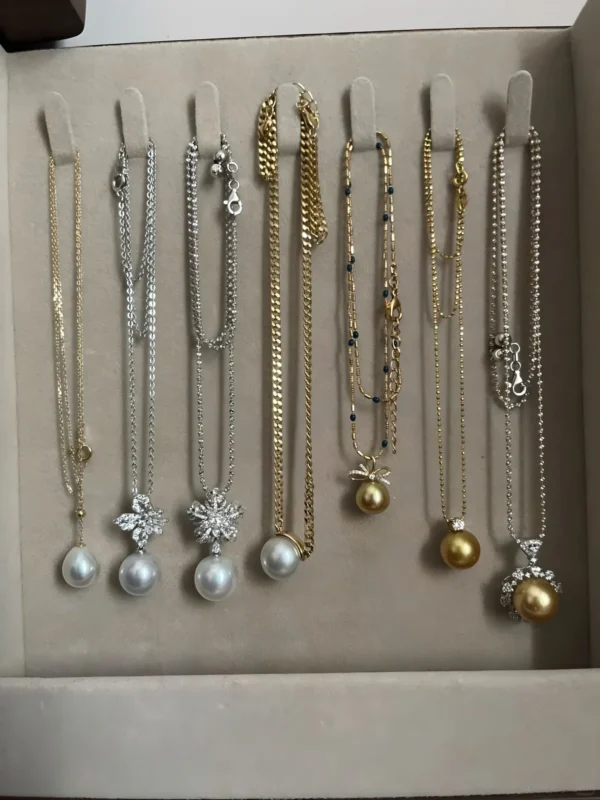Three Fascinating Stories About the History of Pearls

Why Are Pearls so Enchanting?
Have you ever wondered why pearls have captivated people across the ages? These lustrous gems of the sea have held a unique place in human history, but what propelled them into the realm of luxury? In today’s journey, we delve into the enchanting history of pearls, revealing three captivating stories that highlight their beauty and cultural significance. Whether fascinated by the romance of the past or enticed by the elegance of modern jewelry, these tales will illuminate the timeless allure of pearls.

The Divine Origins: Pearls in Ancient Mythology
Pearls have been wrapped in mystique since ancient times, celebrated in myriad mythologies. Greek mythology portrays Aphrodite—the goddess of love and beauty—as emerging from the sea, adorned with pearls. This association with divine beauty positioned pearls as symbols of love and purity across diverse civilizations. Learn more about pearls in mythology.
Moreover, the Chinese imbued pearls with celestial significance, believing they were formed in dragon brains, suggesting a divine origin. This mystique and cultural reverence elevated demand for these gems. It’s no wonder modern observers, such as legendary fashion icon Coco Chanel, declared, “A woman needs ropes and ropes of pearls,” emphasizing their perpetual allure.
Royal Adornments: The Pearl in Historical Monarchies
Across history, royalty have favored pearls to signify grandeur and opulence. Egyptian Queen Cleopatra famously dissolved a pearl in wine to demonstrate Egypt’s richness to Marc Antony—a testament to pearls’ elite status. Explore Cleopatra’s pearls.
During the Renaissance, pearls gained immense popularity among European nobility. Queen Elizabeth I of England consistently chose pearl-embellished attire to underscore her regality. Portraiture from this era often features pearls as a symbol of power and elegance, a tradition that prevails in royal circles today. This ongoing prestige cements pearls as the ultimate representation of opulence.
Status Symbol: The Evolution of Pearls in Western Society
Pearls’ allure extended into the 19th and 20th centuries, morphing into must-have status symbols. In the 1920s, pearls embodied sophistication among the social elite, while Coco Chanel’s signature strand made pearls an accessible luxury. Today, pearls remain a staple in high fashion, bridging diverse social backgrounds without sacrificing elegance and appeal. The continuing impact of Coco Chanel on pearl fashion.
Modern demand has shifted with fashion trends and advancements in pearl cultivation. Cultured pearls prevail in today’s market, offering a wider array of styles and affordability without sacrificing quality or allure. Pearl jewelry represents a harmonious balance of tradition and innovation.
The Resurgence of Pearls: Modern-Day Appeal and Sustainability
Despite their ancient roots, pearls continue engaging modern audiences with an added emphasis on sustainability. In response to consumer demand, the pearl industry advocates for ethical sourcing and environmental stewardship. Pearl farming now supports marine conservation, aligning luxury with eco-awareness.
Pearls endure as versatile, timeless jewelry pieces—seamlessly transitioning from day to night and enhancing any ensemble. As Helen Keller expressed, “All the world is full of suffering. It is also full of overcoming.” This concept resonates with pearls, which symbolize transformation and resilience, having formed through oysters’ enduring efforts.
Conclusion: Timeless Elegance Meets Modern Values
From mythological marvels and royal treasures to contemporary fashion essentials, pearls wield a profound historical narrative. Their journey retells the story of beauty’s evolution, blending timeless appeal with contemporary values. Whether you’re a devoted collector or new to luxury, reflect on pearls beyond adornment—as narratives of elegance, endurance, and unfading allure.
Let these enchanting stories inspire you to intertwine pearls with your own narrative, embracing their historical and aesthetic significance.
